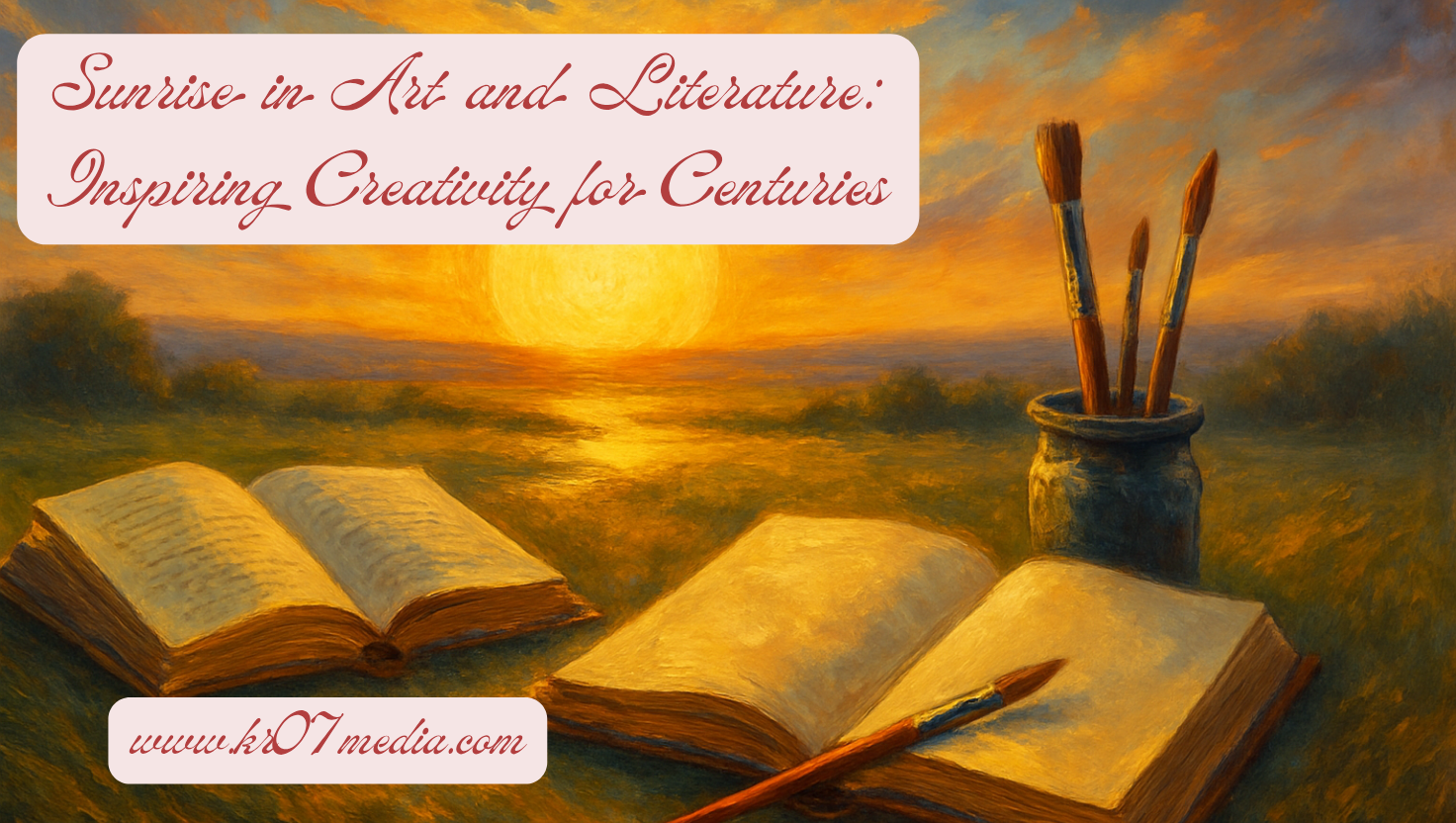Few natural phenomena have captured the human imagination as powerfully as the sunrise. Across centuries, cultures, and continents, the daily spectacle of dawn has served as a wellspring of artistic inspiration and literary symbolism. The sunrise evokes hope, renewal, enlightenment, and the enduring mystery of nature—a motif that artists and writers return to again and again in their quest to capture the wonder of existence.
Sunrise in Visual Art
The Dawn of Impressionism
No discussion of sunrise in art is complete without mentioning Claude Monet’s "Impression, Sunrise" (1872), a painting that not only immortalized the gentle glow of dawn above the port of Le Havre but also gave its name to the entire Impressionist movement. Monet’s loose brushstrokes and delicate interplay of light and color revolutionized the depiction of natural scenes, challenging the rigid conventions of academic painting and emphasizing the fleeting, emotional impressions that sunrise evokes.
Monet’s work was initially controversial but soon became iconic, signaling a radical shift toward modern, subjective perspectives in art.
The glowing orange orb of the rising sun in the painting symbolizes not just a new day, but an entirely new vision for art.
Sunrises Across Movements
J.M.W. Turner captured vibrant sunrises in his atmospheric landscapes, using light to create drama and mood.
Vincent van Gogh’s “Enclosed Field with Rising Sun” (1889) expresses intense emotional energy, mirroring the fervor of a new day dawning.
Sunrise is a recurring motif in Japanese woodblock prints, where artists like Hokusai depicted the morning sun with minimalism and poetic intensity.
Artists depict sunrise to evoke a range of emotions—hope, renewal, peace, and sometimes struggle or longing.
Sunrise in Literature
Symbolism and Meaning
The sunrise’s ubiquity in literature spans genres from ancient epic poetry to modern novels. Its symbolic power is derived from its natural cycle: light following darkness, promise after despair.
Rebirth and Renewal: In Homer’s "Odyssey", the sunrise announces Odysseus’s return to Ithaca, symbolizing a long-sought renewal. Similarly, in Nathaniel Hawthorne’s "The Scarlet Letter", dawn brings the possibility of redemption.
Hope and Optimism: In Victor Hugo’s "Les Misérables", the sunrise brings hope to characters mired in hardship. John Steinbeck’s "The Grapes of Wrath" uses it as a beacon during the darkest periods of the Great Depression.
Enlightenment and Revelation: Literature often equates sunrise with awakening or revelation. Herman Hesse’s "Siddhartha" and Paulo Coelho’s "The Alchemist" both use sunrise to mark moments of spiritual clarity and personal discovery.
Beauty and Inspiration: Sunrise’s beauty is a direct muse for poets and writers, from romantic lyricists like William Wordsworth and John Keats to haiku masters like Bashō. The fleeting colors and ephemeral atmosphere of dawn are celebrated for their capacity to move the soul.
Sunrise in Poetry
Poetry’s conciseness intensifies the impact of sunrise imagery:
Poets use sunrise to symbolize love, healing, and new beginnings.
Haiku and short verse, particularly in Asian traditions, often fixate on the delicate changes of first light, capturing complex emotions in a few words.
Modern & Contemporary Literature
Even in modern works, sunrise endures:
In Khaled Hosseini’s "The Kite Runner", sunrise signals the hope for new beginnings after trauma.
Suzanne Collins’ "The Hunger Games" uses sunrise as a symbol of stubborn hope and resilience amid oppression.
In children’s literature, sunrise transforms ordinary settings into magical, enchanted realms, as seen in "The Velveteen Rabbit" and "Little House on the Prairie".
The Enduring Appeal of Sunrise
Universal Symbol
Across artistic mediums and cultural contexts, sunrise operates as a universal symbol of:
Rebirth and fresh beginnings: Marking the cyclical nature of life, and offering the promise of second chances.
Enlightenment and knowledge: Heralding moments of insight, revelation, or spiritual awakening.
Hope and perseverance: Standing as a metaphor for optimism and the indomitable human spirit, especially after times of hardship.
Creativity Across the Ages
Artists and writers are irresistibly drawn to sunrise not only for its visual beauty but for its profound emotional and philosophical resonance. The motif continues to inspire:
Modern artists push the abstract and emotional boundaries of depicting dawn.
Contemporary writers and poets reimagine sunrise’s meaning for new generations, ensuring that its beauty and symbolism remain vibrant and relevant.
Conclusion
The sunrise, in all its radiant complexity, is a testament to the power of nature to inspire creativity across centuries. Whether immortalized in art, woven into poetry, or layered with meaning in novels, sunrise remains a timeless muse—inviting each new day, and each new generation of creators, to look to the horizon with hope, wonder, and inspiration.



